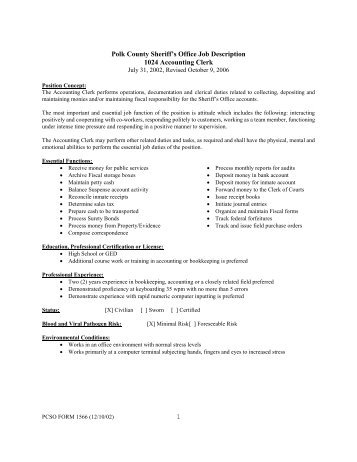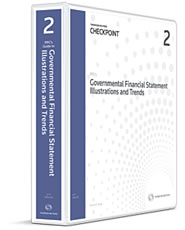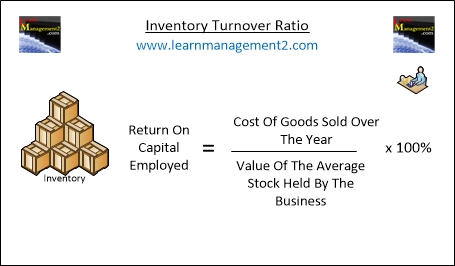Content
The cash flow implications of investment will differ as firms move through their life cycles and as they grow. For start-up businesses, without existing financial reserves, investment comes with a high risk of insolvency. There are https://online-accounting.net/ no guarantees that customers will buy sufficient goods and services to cover the initial costs and then provide a future profit. Cash flow may remain negative and finance providers may require repayments that the firms cannot fund.

Study the cash flow definition in business, discover cash flow examples, and examine how to use the total cash flow formulae. The flow of cash into the business is known as cash inflow while the flow of cash out of business is known as cash outflow. The net amount of cash inflow and cash outflow is known as cash flow. Let’s say you own a bookstore and bring in $10,000 of revenue for the month of October, but the books cost you $5,000.
Smart Ways to Spend Your Tax Refund and Grow Your Business
Calculated by subtracting total expenses from total revenue. Calculated by subtracting total cash outflow from total cash inflow. I recently gave a talk on cash flow to an industry trade group association and let one of my sample companies run out of cash—and crash. Cash Flow or Profits One manager, dissenting from my bleak scenario, reported that he had never had as much cash as at the end of the last recession. When I put the three companies through a recession, they all came out with more cash at its end than they had had at its beginning.

In this case, cash flow is more important than profitability in the short term. To manage your business, you must understand the difference between making money and managing money. Growing businesses often face tighter margins and increased expenses—and it’s not a good idea to try to “outearn” cash problems. Many business owners are great at selling, but it’s time to get great at forecasting and budgeting as well. While it seems counterintuitive, it is possible for the growth of your business to generate issues with cash flow.
Good Cash Flow, Poor Profit
In a nutshell, cash flow refers to the flow of money into and out of a business during a set period of time. Cash flow accounting records transactions at the point when money enters or exits your bank account, rather than when an invoice is sent or received. Finally, companies can sometimes believe they are financially healthy when their cash flow is strong and projects are profitable. But if they haven’t kept their sales pipeline full with new revenue, they may end up with staff sitting idle and not enough money over the long term to stay in business. They’ve focused too much on the revenue and not enough on understanding when the actual cash will land in their bank account and become available for paying expenses. Accrual based companies record revenue on the date it’s earned and cash on the date it’s received.
Is cash flow a good thing?
Why is cash flow important? Cash flow is important because it enables you to meet your existing financial obligations as well as plan for the future.
Add each of the amounts that your business paid as expenses, including employee wages, inventory management and purchases, rent, taxes, and equipment expenses. Unlike with cash flow, a monthly or quarterly Profit and Loss statement takes into account what you owe, and what you are owed for the period.
Under Steady Sales
All of these sales are included as revenue during that time period. For instance, if a service company invoiced $100,000 in March, then they have earned revenue of $100,000 for that month. In this case, the business is not receiving payment in actual cash, rather it is ‘owed’ $100,000. In accounting terms, once they’ve invoiced a customer the amount is considered revenue. The debate over the importance of profit vs cash flow fails is a false debate. They measure different, but related, things and are both extremely important to your business’s success. Profit is the difference between revenues and the expenses required to produce those revenues.

You can trace any cash increase directly to the differences between what a company owes and what it has to repay the debt. If a company has a large debt-service obligation, the cash balance will rise more slowly. If you’re still waiting for payment on that invoice, you may not have enough cash on hand to cover the costs, and not having the cash makes you cash flow-negative. However, since profit doesn’t tell you exactly when money is coming in and going out of your business, you will still appear profitable on paper, even if that isn’t in the bank for you to use.
